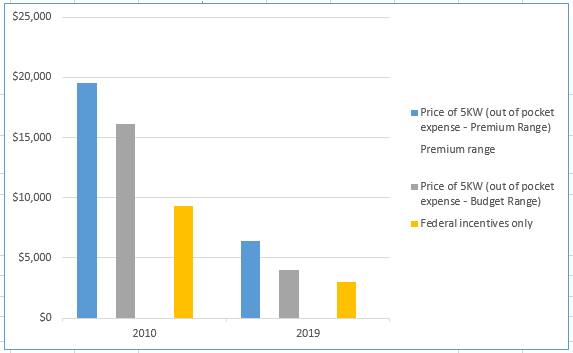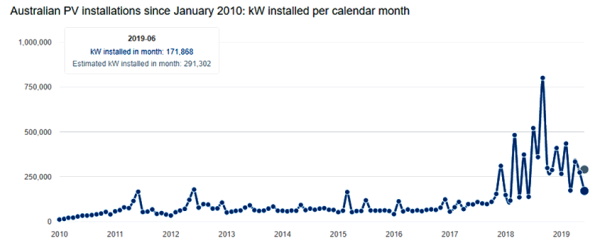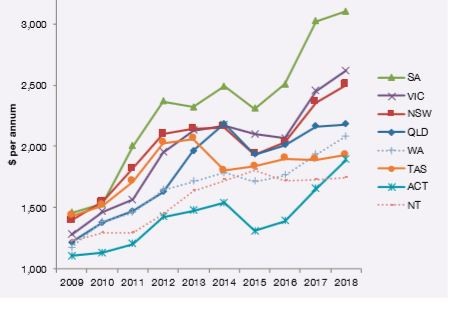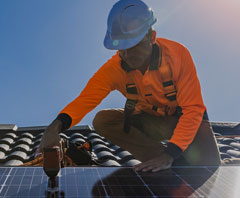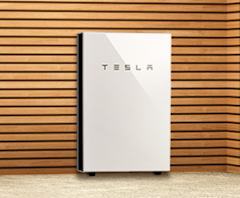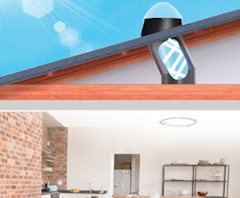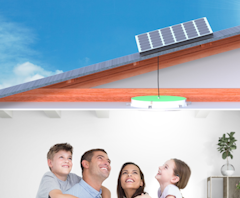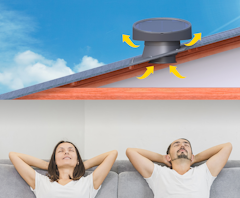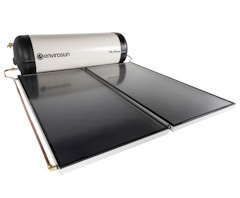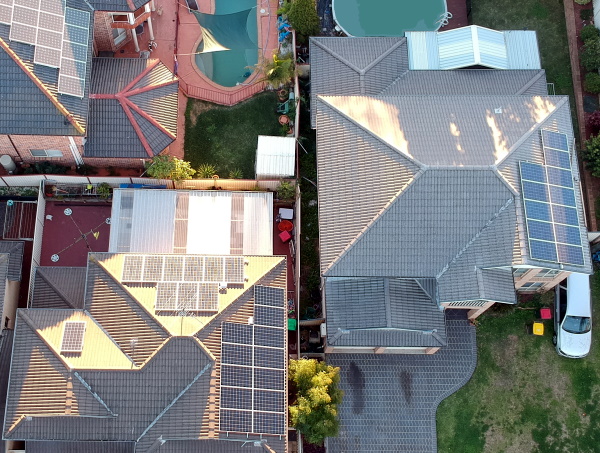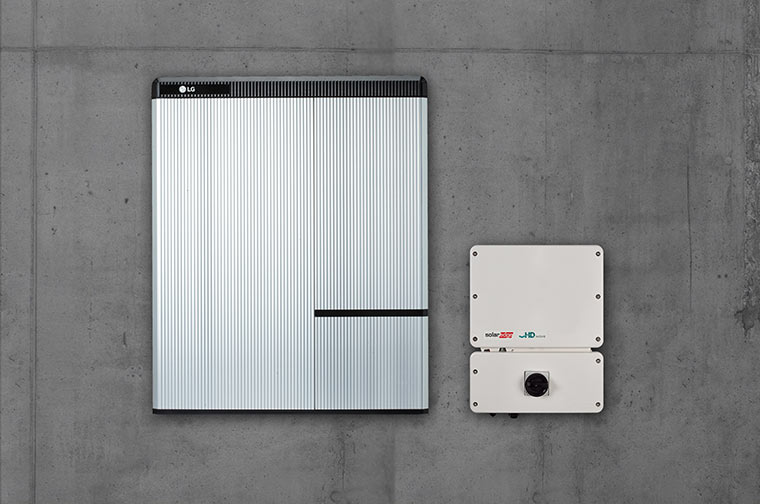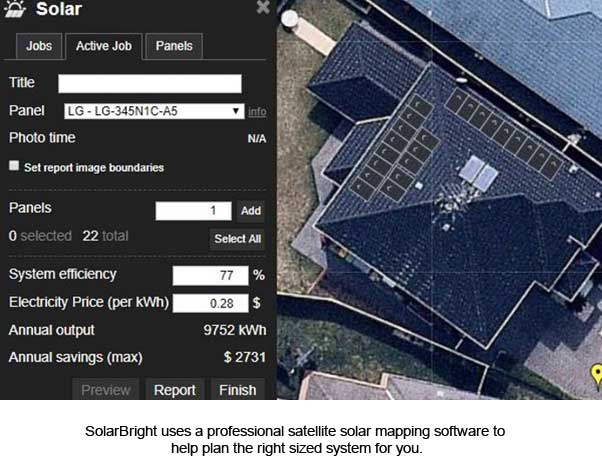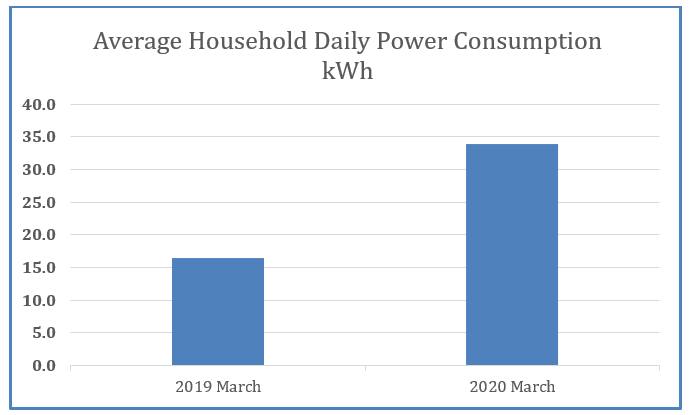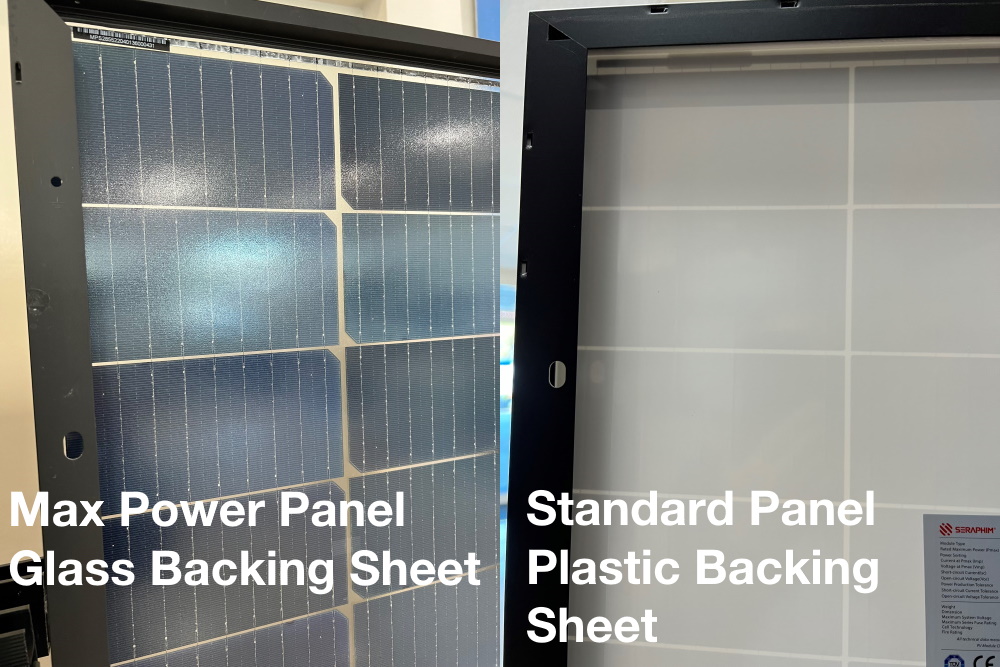Instead Of Buying A Solar System Alone, Why Not Invest In A Battery And Solar Combination Instead?
The benefits of a solar and battery package benefits are obvious.
From increased electricity bill savings to blackout prevention, why are not all customers in Sydney and regional NSW choosing a battery and solar bundle?
Why are some customers still commit to solar only and leave the battery purchase for another day?
More recently the feed-in tariff FIT), meaning the money solar system owners get paid to export solar to the grid has been reduced again.
From a high of 60cents for each kWh exported in 2009, we are now seeing offers as low as 6c per kWh from energy retailers.
In the case of charging for electricity in NSW during peak as high as 45 cents per kWh nowadays, and then buying the electricity from solar owners for 6c, no wonder that solar system owners feel a storage battery can be the solution to maximise solar savings and avoid the energy retailer making maximum profits on the back of solar system owners.
A battery with solar certainly will increase your independence from the big energy retailers, a desirable outcome for many consumers.
Today at SolarBright we are getting many calls for solar and battery bundles, as consumers realising the feed-in tariffs are lower.
Another driver for battery enquiries is a sudden local interest in electric cars.
EVs in the future will most likely require a home battery to be able to charge vehicles at night and to get the best outcome from a solar system, meaning using one’s solar system to charge the electric car, and literally avoid the fuel costs.
Battery storage costs, while they have not dropped as fast a solar system costs, have overall seen gradual reductions as more battery manufacturers have entered the market since 2019.
The increased competition has put a lid on solar battery price and in some instances when new battery models have been released, these models were offered at a slightly lower cost, or with new features compared to the earlier models.
What Battery Technology Is Best For My Home?
Overall, there are two key product ranges and technologies on offer for the home battery market. One is the Tesla home battery style technology – also known as AC technology.
AC stands for Alternate Current – and is the electricity which we all use in our home.
The AC battery is connected to the meter on the grid side, meaning one could put an AC battery on a house and not even have solar.
The batteries benefit would be to be charged when electricity fees are low, such as in an off-peak period, and release the power when prices are high. This type of AC battery, just like Tesla will also provide backup power in case of a blackout.
The 2nd technology is the DC battery.
DC stands for Direct Current. It is the type of electricity which is is produced via solar panels.
DC batteries required a hybrid inverter to charge the battery. The battery is managed via a BMS (Battery Management System). So, for a DC battery system, one needs solar panels, a hybrid inverter and a battery.
Most hybrid DC battery systems also supply backup power, when the grid is down. Some of the bigger DC battery manufacturers are LG Energy Solution (formerly LG Chem), BYD, and Sungrow to name a few. Our SolarBright energy specialist can give you free advice as to which battery would suit your needs best.
How Solar Reduced In Costs And Is Battery Following This Path?
I remember in 2007 a solar panel system of 1.5kw cost over $12,000 and the Federal Government supplied an $8,000 rebate to many, letting customers pay $4000 for a 1.5kW system. At this price per kW, a 10 KW system should now cost $80,000.
Luckily since then, solar system costs have dropped rapidly and for the same initial $12,000 cost, one could have a 10-12kW size solar system or even larger.
We have seen costs reduce by around 70% over 14 years, an annual reduction of around 5%.
The reason that costs were reduced so dramatically is that manufacturing volumes for solar cells, solar panels, and inverters increased dramatically, leading to cost savings, which have been passed on.
Panel wattage also increased from around 165W before 2008, to close to 400W for a residential panel in 2021.
While the panels have also increased in size to get to this wattage, they did not double in size, so increases in solar technology, especially efficiency gains also contributed to the price reductions.
It is now becoming more apparent that home storage batteries have started to see similar production-related reductions.
These efficiencies have not been fully passed on so far by all battery manufacturers.
One counter force to the increased price reductions for batteries is the growing demand for home and electric vehicle batteries worldwide, causing raw material price pressures.
Right now, as even more battery manufacturers like Tesla, LG Energy Solutions, AlphaESS, Sonnen, BYD, and Sungrow enter the Australian market, this increased competition is finally leading to battery price drops.
SolarBright passing this development on to the end customers and we have many offers and solutions available, so it is worthwhile exploring the solar and battery combo market right now.
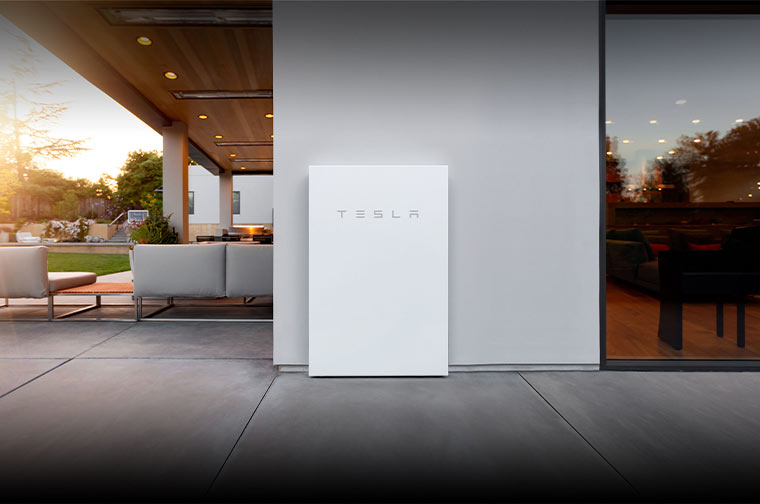
Good Reasons For Buying A Home Storage Battery Now.
1) A Combined Installation Can Save Costs
There is no doubt that buying and installing a PV system today and a battery in let’s say 2 years, makes little financial sense.
By getting the solar and battery together now one can save at least $500 to $800 in administration and installation costs, compared to have these two products installed a few years apart.
By having the installation crew coming only once travel and labour efficiencies can be achieved.
Also, SolarBright, having a higher overall turnover will reduce margins and create customer savings.
Many owners of renewable energy-only systems finding out the hard way, when they are finally ready for a battery, that the inverter they purchased for their system is not compatible with many of the battery solutions on the market.
To work well with a DC battery, the inverter requires to be a hybrid inverter, not just a standard inverter.
So, if batteries reduce let’s say in practice by 15% in 2 years, but one needs to pay more for labour, travel, administration and also requires a new inverter, the solar battery storage cost reductions have been offset by all the other increased costs, and waiting has not created any significant savings.
2) The Feed-In Tariff Reductions Drive Battery Interest
Your PV system produces electricity any time of the day, from sunset to sunset. As the consumption in your property varies, depending on your activities and if you are home, the electricity after it has been produced, if it is not consumed in your home, then it still has to go somewhere.
In cases of unused renewable electricity from your home PV system, this electricity is put back into the grid, also known as export electricity.
You will get paid for this electricity, but in past years, as the unit produces most electricity between 11 am and 2 pm, the more solar is on Australian roofs, the more electricity is suddenly available in the middle of the day when there are not so many takers.
This is one of the reasons that the money offered as a feed-in tariff has reduced substantially from 60 cents a decade ago to 15c a few years ago per kWh to 11c and now as low as 6c.
This means the difference between the price you have to pay for electricity at night from the grid (can be as high as 42cents) and the money you get paid in the middle of the day can now be a staggering 36cents per kWh.
That is an excellent profit margin of 600% for the energy retailers.
Think of solar power as a water hose that produces continual water during the day and stops at night. During the day you get 6c per litre for your water, but at night, for the same water, you now pay 42 cents per litre.
Imagine the home battery is your bucket, to keep the water – not sell it at 6cents but store it and consume it when its value has increased to 42 cents – at night.
If you get a 13.6kWh Tesla battery and each day you get let’s say gain a benefit of 11kWh of night consumption at the 36cent per kWh benefit this means each day you could save 11 x 36cents = $3,96. In this scenario, this is over $1,400 per year in savings from the battery alone.
3) The Upcoming “Solar Tax” Threat And How Batteries Can Help
Many homeowners and small businesses were originally encouraged by the Australian Government to source energy from the sun through solar power.
But they will now be potentially hit with a recent charge for producing clean energy and exporting it. A home battery can help avoid this charge.
The Australian government has recently proposed a plan to charge rooftop solar users for outsourcing excess electricity to the grid, and consumers have been calling it a “sun-tax”.
The Australian Energy Market Commission (AEMC) who sets the rules around the energy market, has proposed that electricity networks will be allowed to charge solar panel owners for sending excess energy back to the network, to address growing network problems.
The proposed rule is also based on the argument that charging households solar would ensure network companies had the funds needed to invest in the power network to accommodate a two-way energy flow while not penalising non-solar residences and encouraging the development of more rooftop solar on the grid.
So, in the middle of the “largest threat to mankind “as Climate Change has been described by some politicians and high-profile personalities such as Prince Charles the Australian Energy Market Commission (AEMC) is now proposing to “tax “renewable energy system homeowners.
“Owners of PV systems are currently able to earn additional income for exported solar energy via the feed-in tariff, a fee paid by energy retailers for renewable electricity exported to the grid and sold to other households and businesses” explained Paul Yako, the director of SolarBright, in Prestons, NSW.
“These homeowners and businesses, who try to make their contribution for a more sustainable planet by creating more renewable energy, have run head-on into the complex policies of the Federal Government’s Energy direction”, he added.
The fear is that in the future such solar owners might see themself taxed for any solar exports as foreshadowed by the AEMC. So, we tell customers that a home battery will limit these exports, and therefore the threat of this potential “sun tax” is reduced, he concluded.
Markus Lambert, a solar industry veteran of 15 years said: “It makes absolutely no sense to stop the creation of solar energy in the middle of the day. “With the uptake of EV charging by electric cars in the not-too-distant future, we will need more localised energy generation, if we do not want to see a massive need to invest in grid infrastructure.”
“I believe the whole solar tax debate is a big Government plan to reduce the record solar system demand, invented by persons with an anti-solar political agenda” Lambert added.
“I want to see the politician who will tell the close to 9 million Australians that live in a home with solar on the roof, that they will now be taxed for trying to save money and save the planet.
The proposal simply defies any common sense. It will only add to the uptake of home solar batteries, as customers would not like to see themselves taxed for doing the right thing.”
When a rising number of solar PV owners leave the grid and go full battery and solar, a ‘death spiral’ occurs, leading to higher network charges for the remaining customers.
The price increase then has more consumers leave the electricity network, also going solar and battery, causing the spiral to keep going.
What About The Payback Period For A Solar And Battery Bundle?
Now is the best time to purchase a solar battery if you are having solar panels installed. Our mid-sized battery and solar package (includes installation) can pay for itself in around 5-6 years. While this is a little longer than solar-only systems, the benefits clearly outway, the slightly longer wait to get the initial investment back.
Solar panels became more and more popular around 2010/11 when the payback reached 7 years, so 5–6-year payback is a key milestone to ensure home batteries are the future. At SolarBright we say: ”Make more of your solar investment by using a battery”.
It is more economical to keep as much solar power as you can in your home than to export it at a low price. What if you don’t have a financial motive for going solar and battery? Perhaps you are interested in doing your part for the environment or becoming more energy independent.
If you want to be more energy independent, you will need to maximize your energy storage to reduce the amount of energy you have to purchase back from the grid. You can only use so much electricity when the sun is shining, but you can’t live without electricity at night.
This is where a battery comes into play. You can use solar power all day and night with a battery. Your excess solar power can be stored in batteries and used at any hour of the day or night. You can even use solar power during blackouts.
Blackout protection is a feature that many solar batteries and inverter combos have. This means that in the event of a power cut, you would be able to use your solar electricity to power your home or part thereof, potentially for weeks, as the solar will charge the battery during the night.
Your house could be the only one in the street with lights and the fridge running. You can also stay connected to the radio and the internet in an emergency, such as the bushfires last summer. This is not possible with solar panels by themselves.
SolarBright’s solar and battery packages are designed for households that want to add solar panels and a battery at the same time. It combines world-leading, Tier 1 solar panels with a SolarBright locally designed, cost-effective battery solution.
The bottom line is that batteries can offer a variety of benefits that can save you money and help to create a more sustainable environment. Although battery storage can seem costly upfront, an energy consultant can help you find the right system for your needs and budget, including finance options.
If you would like any further information on battery storage for your home, please call SolarBright today.
